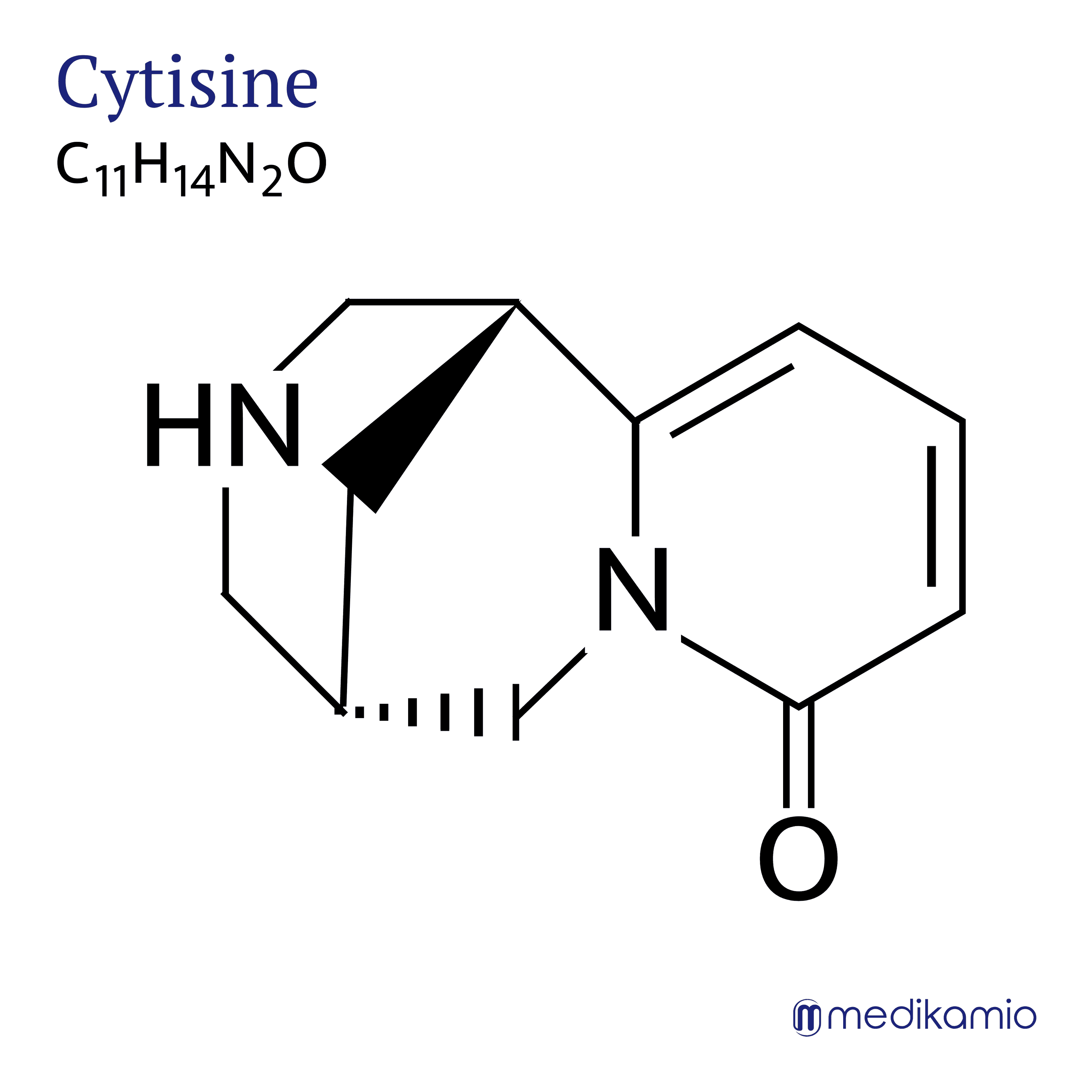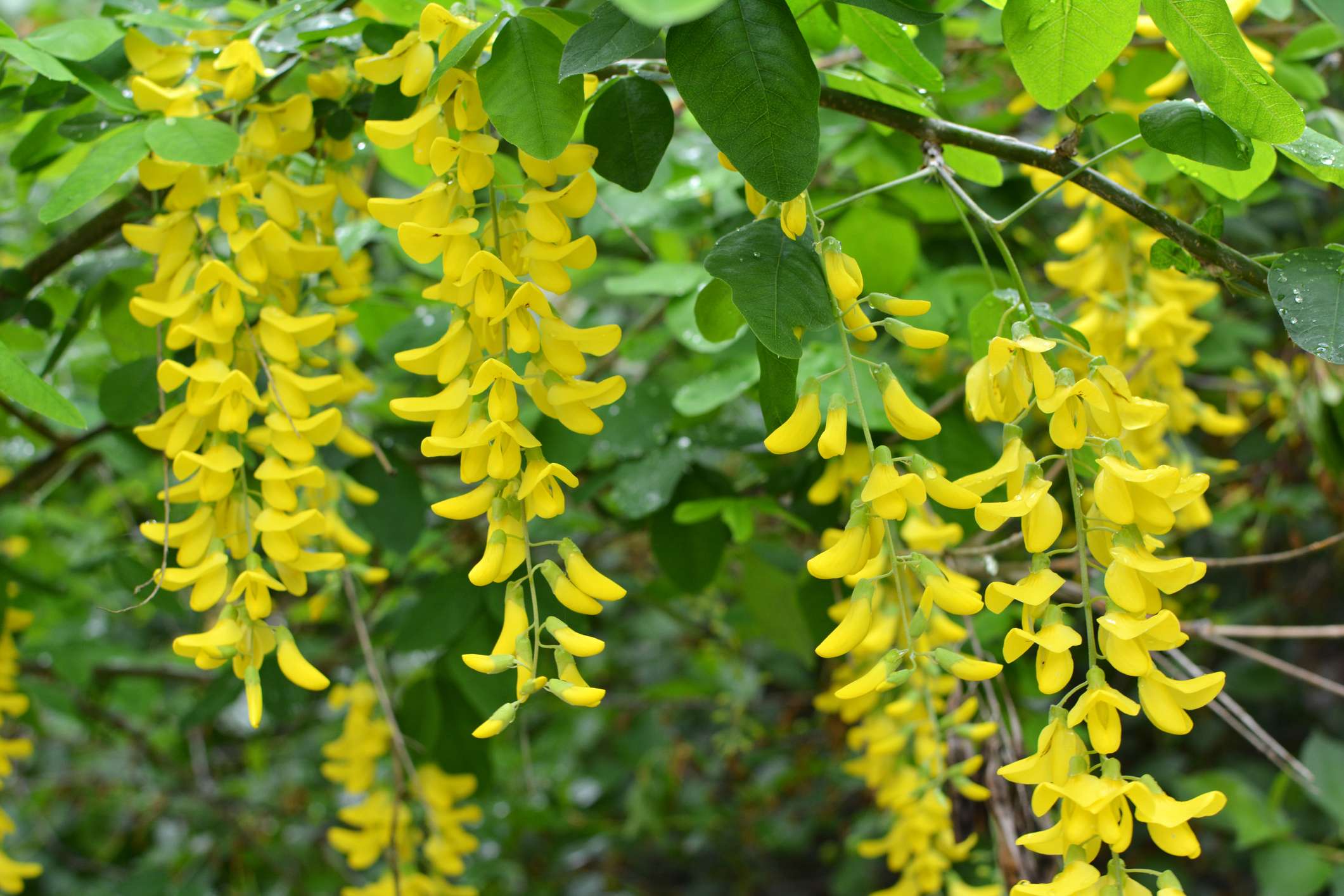Basics
Cytisine is an active ingredient designed to help with smoking cessation. Cytisine is said to reduce cravings and withdrawal symptoms as well as prevent the rewarding and reinforcing effects. Cytisine is extracted from the laburnum, among other things, and is actually a toxic substance. It is the main alkaloid of laburnum. Cytisine is very similar to nicotine, which is also the reason why it can bind to the same receptors as nicotine. At room temperature, cytisine is a colorless crystalline solid.


